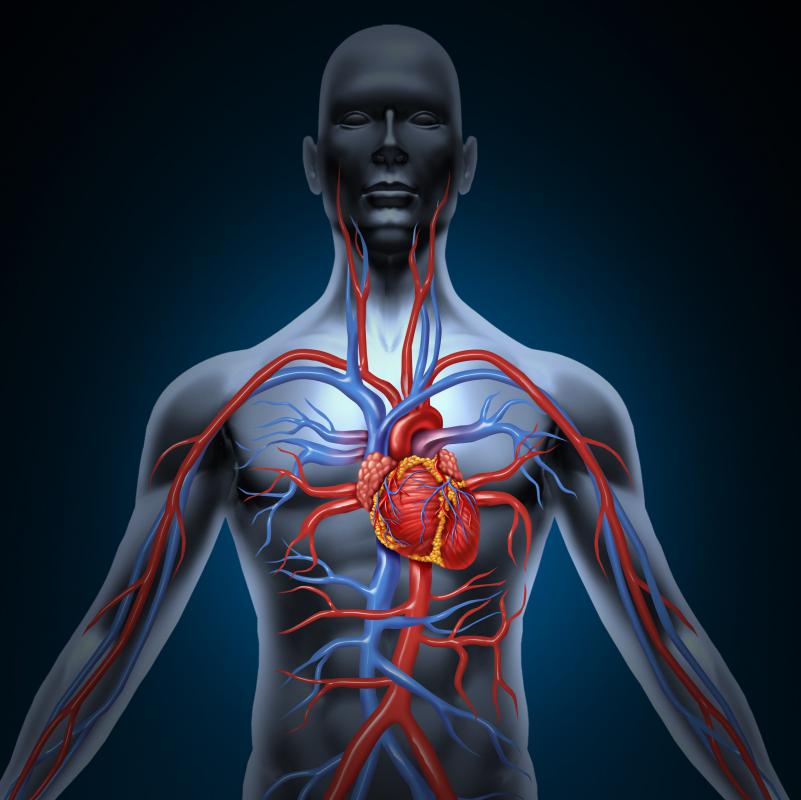At TheHealthBoard, we're committed to delivering accurate, trustworthy information. Our expert-authored content is rigorously fact-checked and sourced from credible authorities. Discover how we uphold the highest standards in providing you with reliable knowledge.
What is a Coronary Artery Blockage?
A coronary artery blockage, also called atherosclerosis, occurs when the blood vessels that supply blood to the heart are blocked or clogged. This type of blockage drastically increases the risk of heart attack, one of the leading causes of death in men and women alike. Many coronary artery blockages are the result of coronary artery disease. Signs of coronary artery disease include pain or pressure in the chest, cold sweats and difficulty breathing. People experiencing any of these symptoms should see a doctor immediately for a proper diagnosis and treatment. Those at risk for coronary artery disease should be careful to make diet and lifestyle changes to lessen the risk of a coronary artery blockage.
Coronary arteries are those blood vessels that supply blood to the heart. The names for the three major coronary arteries are the left anterior ascending, the circumflex, and the right coronary artery. Each artery supplies blood to a different part of the heart. The left artery supplies blood to the front of the heart, the circumflex to the back, and the right coronary artery to the bottom. Should a coronary artery blockage occur in any of these arteries, serious consequences, including severe chest pain, heart attack or even death, could result.

As a person grows older, fatty deposits can be left on the walls of the coronary arteries. In some people, these deposits can get thicker and contribute to artery blockage. Eventually, the fatty deposits cause waste and other cells to stick to the artery wall. In time, the exterior of these deposits can also become hard. Hardened deposits, called plaque, can interfere with the flow of the blood to the heart, causing a partial coronary artery blockage.

If the plaque’s hard shell were to break or crack, the body would try to seal off the crack. In order to do this, blood platelets may stick to the crack and each other in order to seal the break. This is called a blood clot. The clot can block the coronary artery completely. Without adequate blood flow, the heart can be deprived of oxygen.
Without the right amount of oxygen, the heart will suffer. In the case of a partial coronary artery blockage, a person may feel chest tightening or chest pain if he does hard labor or is stressed. This happens because blood cannot get through the artery to supply adequate oxygen to the heart. If the artery becomes fully blocked, blood cannot get through at all, which can result in heart attack.

In order to prevent coronary artery blockage, a person should live a lifestyle that reduces the risk. High cholesterol is a major risk factor, so eating foods that are lower in cholesterol can help keep the blockages at bay. Procedures such as balloon angioplasty can be used to push the fatty deposits out of the way. Medication may also be prescribed by a doctor. A doctor can recommend activities, such as exercise programs, and other lifestyle options to keep the risk of coronary artery blockage low.
AS FEATURED ON:
AS FEATURED ON:
















Discuss this Article
Post your comments